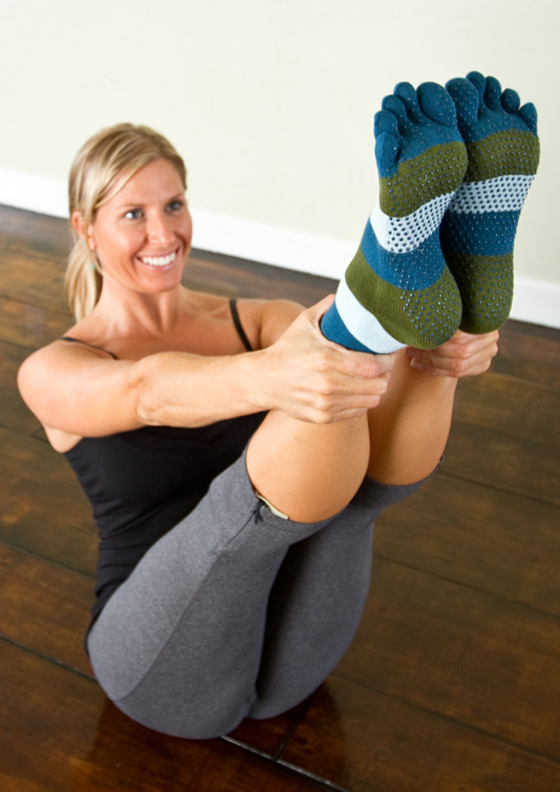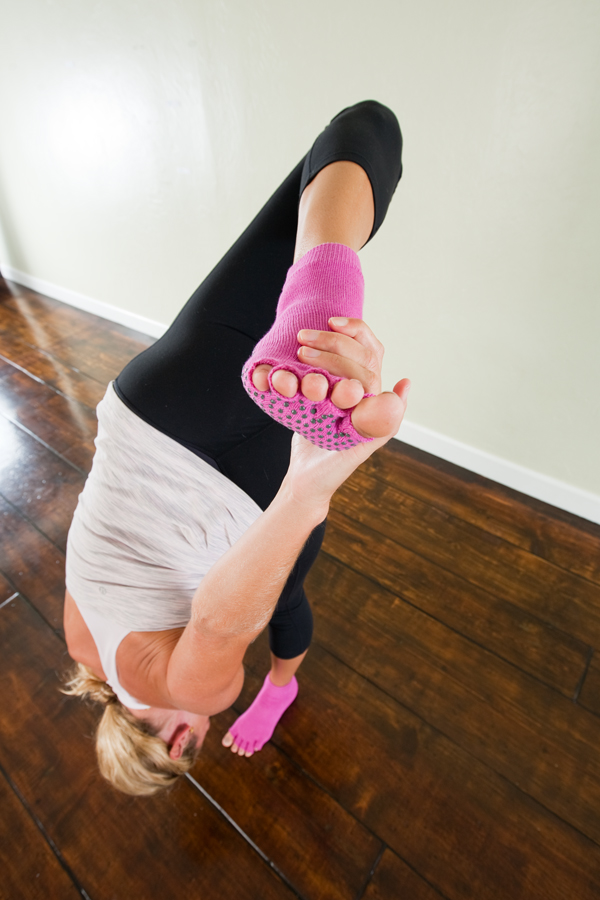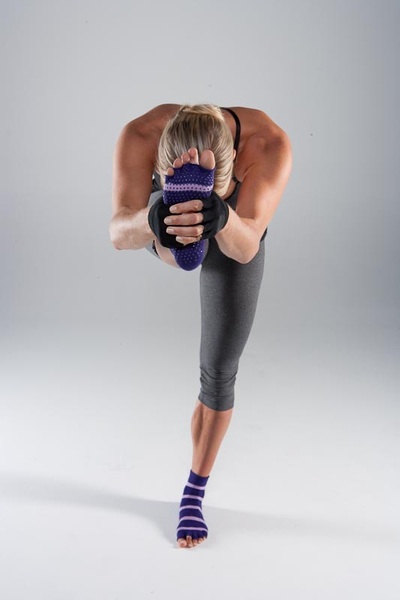Each part of our body is designed for a purpose. Our legs to walk. Our eyes to see. Our thumbs to grab. And our toes to balance. But what you may not know is that one fourth of all the bones in the human body are down in your feet. These "two planks" bear the weight of our entire bodies. They receive a lot of stress and are often neglected. Imagine having a headache every day. You would probably seek medical attention for the pain. However, we are more apt to ignore symptoms of foot pain…we just “get over it.”
But as Socrates said: “When our feet hurt, we hurt all over.”
Our feet are superbly designed between 10 toes, 52 bones (26 in each foot), 33 joints, 20 muscles, and hundreds of sensory receptors. ToeSox are superbly designed too. Not just to prevent you from sliding or to minimize wear and tear on a Megaformer machine or yoga mat.
Our toes, (each of them significant), separate to allow us to grip the ground, spring our bodies into motion, and help us stand still and straight. Toes are an important part of the push-off action humans use while walking, running, and climbing stairs.
Why is it that we take off our shoes right when we get home? Because it feels good. We cram our feet into shoes, forcing the toes together and making them act as a hoof. When the toes are drawn together, abductor muscles on the outer and inner foot can’t activate, and can atrophy due to lack of use.
If toes are stiff, the smoothness and efficiency of our gait will be affected, and other joints and muscles will have to compensate for the disturbance in the chain of actions. As these compensations continue, they may contribute to pain elsewhere in the body. Two-thirds of those with chronic foot pain say their foot issue has created some sort of disability elsewhere – decreasing balance, increasing soreness in the knees and hips, or preventing them from starting or maintaining a healthy exercise routine.
As often as you can, let your toes wiggle with their five toe natural movement. Wearing ToeSox not only supports the anatomical structure of the foot, but they provide gentle space between each toe which encourages the toes to spread, circulation to increase and muscles to engage. Strong feet result in enhanced agility, balance, posture, and overall body wellness.
Assess your foot health by following these simple steps for self-examination as recommended by American Orthopaedic Foot & Ankle Society (AOFAS):





